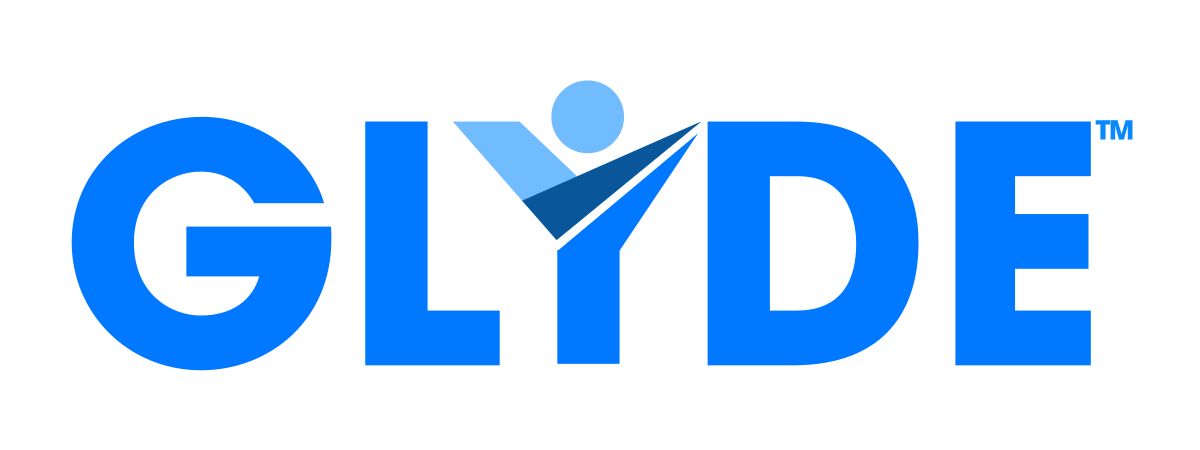In the dynamic world of recruitment, organizations often experience the highs of hiring booms followed by the lows of hiring busts. This rollercoaster, characterized by alternating periods of intense hiring activities and significant slowdowns, presents a unique set of challenges for organizations, especially in terms of resource allocation and overall performance.
As the start of the sailing season in the Mediterranean inches closer, please excuse my liberal use of nautical analogies, I’m looking forward to getting back on the water.

Understanding the Impact
At the heart of this phenomenon lies signaling theory, which suggests that the actions of an organization, including its recruitment practices, send powerful messages to potential employees. These signals shape the employer’s image and, by extension, its attractiveness to high-quality candidates. During hiring booms, aggressive recruitment strategies may strain resources and potentially dilute the employer’s image due to rushed hiring practices. On the flip side, hiring busts, characterized by a slowdown in recruitment activities, can signal instability or a lack of growth, negatively impacting the employer’s image.
The Ripple Effect
Efficient recruitment practices play a pivotal role in attracting the right talent, which in turn enhances organizational commitment. A robust employer image acts as a mediator, amplifying the benefits of efficient recruitment practices. However, the boom-bust cycles can lead to fluctuating workloads for recruitment teams and inconsistent talent inflow, affecting employee engagement and productivity.
Strategies for Smooth Sailing
How then can organizations navigate these turbulent waters? Strategic planning in recruitment is key. Building a strong employer brand and developing adaptable recruitment strategies can help organizations weather the challenges of boom-bust cycles. This approach not only boosts organizational commitment and performance during hiring booms but also cushions the organization during busts by maintaining a positive employer image and ensuring a steady inflow of quality applicants.
Adaptability is another crucial factor. Organizations that can quickly adjust their recruitment practices in response to changing economic conditions are better positioned to manage their resources efficiently and sustain performance.
Charting the Course Ahead
Combining internal recruitment teams, external Recruitment Process Outsourcing (RPO), project-based RPO, and leveraging technology such as Artificial Intelligence (AI) can offer a robust solution.
I’ve often wondered about the opportunity cost of the constant churn of internal recruitment teams. With the hiring, onboarding, and offboarding cycle, how much recruitment capacity gets lost in the shuffle? It’s difficult to hazard a guess, but I suspect the percentage is not insignificant compared to the overall talent acquisition spend. As recruiters get hired, trained, and eventually leave, that inefficiency creates a drag on hiring velocity.
Organizations invest tremendous resources into scaling talent acquisition, but don’t always consider the downstream impacts of recruiter turnover. Some forward-thinking companies are starting to quantify that cost – taking a holistic view of their people, processes, and technologies. Perhaps assessing the full lifecycle of your talent acquisition function may reveal an area ripe for optimization. In the end, faster hiring powered by stable, scalable teams should be the north star.
The boom-bust nature of recruitment cycles poses significant challenges, but also opportunities for strategic growth and stabilization. Efficient recruitment practices, a strong employer image, and adaptability are the beacons that can guide organizations through the ups and downs of economic fluctuations.
As we move forward, empirical research will be vital in validating these strategies and uncovering new ways to optimize recruitment practices in an ever-changing economic landscape.
The journey ahead is complex, but with careful navigation and strategic foresight, organizations can thrive amidst the waves of boom-bust recruitment cycles.
